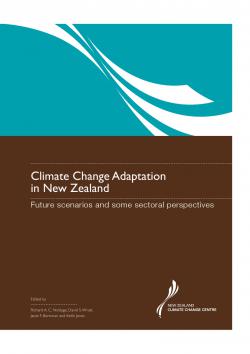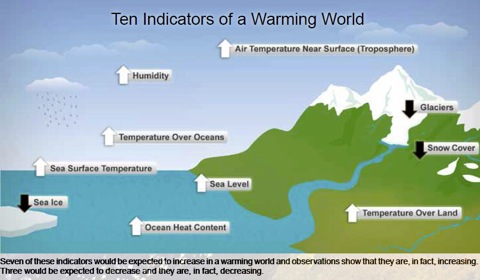 Daniel Gros, the Director of the Centre for European Policy Studies, has written a grim articlein the Guardian, concluding that the influence of coal lobbies in the US senate is too strong for any significant action to be taken on climate change there and that the ramifications will be widespread. I thought it worth drawing attention to.
Daniel Gros, the Director of the Centre for European Policy Studies, has written a grim articlein the Guardian, concluding that the influence of coal lobbies in the US senate is too strong for any significant action to be taken on climate change there and that the ramifications will be widespread. I thought it worth drawing attention to.
Succinct and blunt, he sees the EU strategy of leading by example with an emissions trading scheme as in tatters. The US senate’s failure to deliver a legislative package means that it will not live up to the promises made by the administration at Copenhagen. China’s undertaking to increase its CO2 efficiency will not prevent its emissions from rising substantially as it pursues a close to 10% growth rate. Indeed, by 2020, Chinese emissions could be more than triple those of Europe and even surpass those of the US and Europe combined.
The attempts to set prices for global carbon emissions have failed because coal is cheap and abundant. Compared to natural gas and crude oil, coal is much cheaper per ton of CO2 released. This implies that any tax on carbon has a much higher impact on coal than on crude oil (or gas). Owners of coal mines and their clients are, therefore, strongly opposed to any tax on carbon. They wield immense lobbying power to block efforts to limit CO2 emissions by putting a price on them, as the planned US cap-and-trade system would have done.
A cap-and-trade system was easier to introduce in Europe where indigenous coal production is no longer playing an important economic role.
“The US experience has wider implications. If it proved impossible to introduce a moderate carbon tax in a rich economy, it is certain that no commitment will be forthcoming for the next generation from China, which remains much poorer and depends even more on indigenous coal than the US. And, after China, India looms as the next emerging coal-based industrial superpower.”
The diplomatic “travelling circus” will carry on, giving the impression that the world’s leaders are still working on a solution to the problem. But CO2 emissions will continue to rise as a rapidly growing industrial base in emerging markets is being hard-wired to intensive use of coal. This will make it exceedingly difficult to reverse the trend in the future.
Gros concludes that a planet composed of nation-states that in turn are dominated by special interest groups does not seem capable of solving this problem. Unfortunately, there is enough cheap coal around to power ever-higher emissions for at least another century. The world will thus certainly become much warmer. The only uncertainty is how much warmer that will be.
“Determined action at the global level will become possible only when climate change is no longer some scientific prediction, but a reality that people feel. But, at that point, it will be too late to reverse the impact of decades of excessive emissions. A world incapable of preventing climate change will have to live with it.”
Gros paints a sombre picture. One can understand his pessimism, and respect the clarity with which he expresses it. It’s as well to know what we are up against. But we can also hope he is wrong about the point at which determined action can begin. I still find it hard to believe that all our political leaders will carry on with just talk until doomsday. Some of them are willing to acknowledge that the predictions of the science are already manifesting themselves. President Medvedev, in the face of Russia’s horrifying heat, has recently said “…what is going on with the world’s climate at the moment should incite us all (I mean world leaders and heads of public organisations) to make a more strenuous effort to fight global climate change.”
It’s important to look despair in the face from time to time, but also to hang on to hope that there will be an awakening before it is too late.


 When I first began to realise what a serious matter climate change was I found it difficult to get interested in adaptation. It sounded to me like acceptance of something that should be resisted. And I disliked the bland voices claiming that the effects of global warming would be easily adapted to if not positively beneficial. However with time I’ve recognised that there is no escaping adaptation. It is as much a part of coping with the threat of climate change as mitigation, and the one doesn’t displace the other. Indeed the need for adaptation may sharpen awareness and spur determination to turn away from fossil fuel energy.
When I first began to realise what a serious matter climate change was I found it difficult to get interested in adaptation. It sounded to me like acceptance of something that should be resisted. And I disliked the bland voices claiming that the effects of global warming would be easily adapted to if not positively beneficial. However with time I’ve recognised that there is no escaping adaptation. It is as much a part of coping with the threat of climate change as mitigation, and the one doesn’t displace the other. Indeed the need for adaptation may sharpen awareness and spur determination to turn away from fossil fuel energy. Interesting biochar research is reported in a
Interesting biochar research is reported in a 